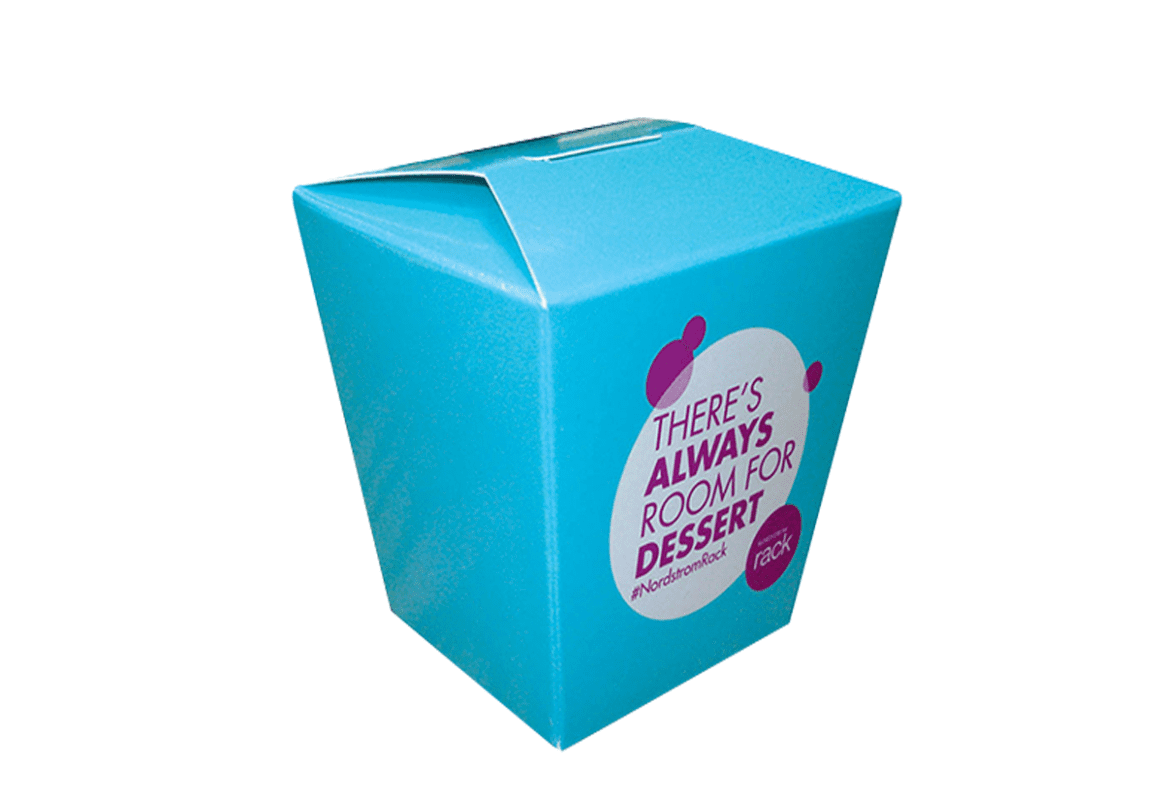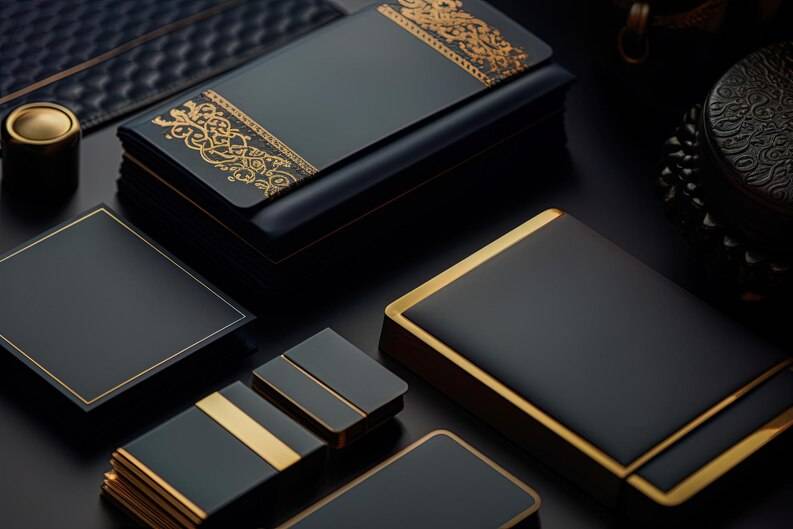The Charm and Convenience of Chinese Takeout Boxes

When we think of Chinese takeout, one of the first images that comes to mind is the iconic white cardboard box with a metal handle, often filled with deliciously aromatic food. It’s a symbol of convenience, comfort, and an essential part of the dining experience for many. But these simple yet unique containers are more than just a practical solution for takeaway; they hold an undeniable charm that has made them an enduring icon of fast food culture. In this blog, we explore the history, functionality, and irresistible appeal of Chinese takeout boxes.
A Brief History of the Chinese Takeout BoxThe Chinese takeout box, also known as a "takeout container" or "Chinese food box," might seem like a traditional symbol of Chinese cuisine, but its origin is actually a fascinating story rooted in American culture. Contrary to what many might think, these boxes did not originate in China. Instead, they were invented in the United States in the early 20th century.
In the 1890s, Chinese restaurants began popping up in major cities across the U.S., especially in places like New York and San Francisco, to cater to the growing demand for Chinese food. To make their food easier to take home or deliver, restaurant owners started experimenting with different types of packaging. The familiar takeout box we know today was patented in 1894 by a man named Frederick Weeks, who worked for a packaging company called the American Paper Products Company.
Weeks’ design was inspired by the traditional Chinese folding paper containers used for holding various goods, but he adapted it to be more functional and suited for carrying food. The box was initially designed to hold oyster crackers, but its design proved perfect for transporting the rice, noodles, and stir-fries found in Chinese cuisine. Over time, the design evolved to incorporate a metal handle, allowing for easier transport, and soon became a staple of Chinese takeout culture.
The Design: Functionality Meets SimplicityAt first glance, the Chinese takeout box might seem simple, but its design is a perfect example of how form and function can blend seamlessly. The box is made from a durable, food-safe paperboard that is both lightweight and sturdy, capable of holding a wide variety of foods from fried rice to kung pao chicken without risk of leaking or falling apart. The box’s iconic design includes a flat base, a folding lid that doubles as a flap for easy opening, and a wire handle that allows for easy carrying, even when the food is hot.
One of the reasons for the box’s enduring popularity is its versatility. The ability to easily fold the box into a compact shape makes it ideal for storage and shipping, while its large, stable base provides enough room to hold generous portions. The box’s lid also helps retain heat, keeping food warm for longer periods. And, of course, the wire handle makes it easy to take the box with you, whether you’re bringing your meal home from a restaurant or enjoying it at a picnic in the park.
Moreover, the box’s design encourages a sense of casual dining that’s both practical and fun. The act of tearing open the box, reaching in with chopsticks or a fork, and indulging in a variety of flavors feels intimate, informal, and comforting. There’s something undeniably satisfying about eating directly from the box, a hands-on experience that transforms a simple meal into something more enjoyable and memorable.
The Iconic Appeal of the Chinese Takeout BoxThere’s no denying the cultural significance of the Chinese takeout box. Over the decades, it has become a beloved symbol of American Chinese food culture and is instantly recognizable around the world. The box has also made its way into pop culture, frequently appearing in movies, TV shows, and advertisements as a shorthand for Chinese cuisine and fast food.
One of the reasons the box remains so charming is its minimalist design. While many other takeout containers have evolved over time into more complex shapes, the Chinese takeout box retains its classic, nostalgic look. It’s an enduring symbol of simpler times, evoking memories of family dinners, late-night snacks, or special celebrations.
The box also carries an element of surprise. When you open it up, you never quite know what’s inside—whether it’s a mound of steaming rice, a plate of crispy egg rolls, or a container of fragrant noodles. This element of unpredictability adds to the excitement and anticipation of the meal, making the whole experience a little more fun and enjoyable.
Moreover, the box’s distinctive, often whimsical design adds to its appeal. While most boxes are plain white, many restaurants and brands have taken creative liberties with their packaging, adding colorful illustrations, logos, and playful designs. Whether it’s a simple drawing of a dragon or a vibrant depiction of a traditional Chinese landscape, these touches help personalize the box and make it more memorable.
Environmental Considerations and SustainabilityDespite its popularity and charm, there are some environmental concerns associated with Chinese takeout boxes, primarily related to their use of paperboard and the metal handles. While paperboard is a renewable resource and the boxes are biodegradable, the metal handles and the potential for chemical coatings raise some questions about sustainability.
In recent years, there has been a growing movement toward more sustainable alternatives. Many restaurants and packaging companies are opting for recyclable or compostable materials, as well as biodegradable coatings, in order to reduce waste. Some restaurants have also started offering reusable containers for takeout, encouraging customers to bring their own boxes to take home their food.
There is still work to be done, but these steps are encouraging signs of the food industry’s awareness of the environmental impact of packaging. As consumers continue to demand eco-friendly options, the iconic Chinese takeout box may evolve even further to meet those expectations while maintaining its practicality and charm.
The Modern Appeal of the Takeout BoxIn the modern world, convenience is everything. With busy schedules and the increasing demand for food delivery services, takeout containers are more important than ever. The Chinese takeout box provides an easy solution for busy individuals who want a quick, delicious meal without the hassle of plates or utensils. The box’s ease of use, portability, and ability to keep food fresh make it an invaluable part of the dining experience.
Additionally, the takeout box has found new life in the world of social media. Its charming design, combined with the growing popularity of food photography, makes it a perfect subject for Instagram and other platforms. Many people love to share photos of their takeout meals, and the box’s quirky, retro aesthetic adds an extra layer of charm to these images.
Even in the age of food delivery apps and sophisticated packaging, the simplicity and nostalgia of the Chinese takeout box have ensured that it remains a favorite among consumers. Whether you’re grabbing lunch on the go or enjoying a cozy night in with your favorite Chinese dish, the humble takeout box continues to play a crucial role in making the experience both practical and enjoyable.
ConclusionThe Chinese takeout box is much more than a simple container; it’s a cultural icon that has endured for over a century. Its functional design, unique charm, and nostalgic appeal have made it an inseparable part of the Chinese dining experience in the U.S. and beyond. As we continue to enjoy the convenience and comfort that the takeout box offers, it’s clear that this unassuming piece of packaging will continue to be a beloved symbol of great food and good times. So, the next time you unwrap your favorite Chinese takeout, take a moment to appreciate not just the delicious meal inside, but the timeless charm of the box that holds it.



